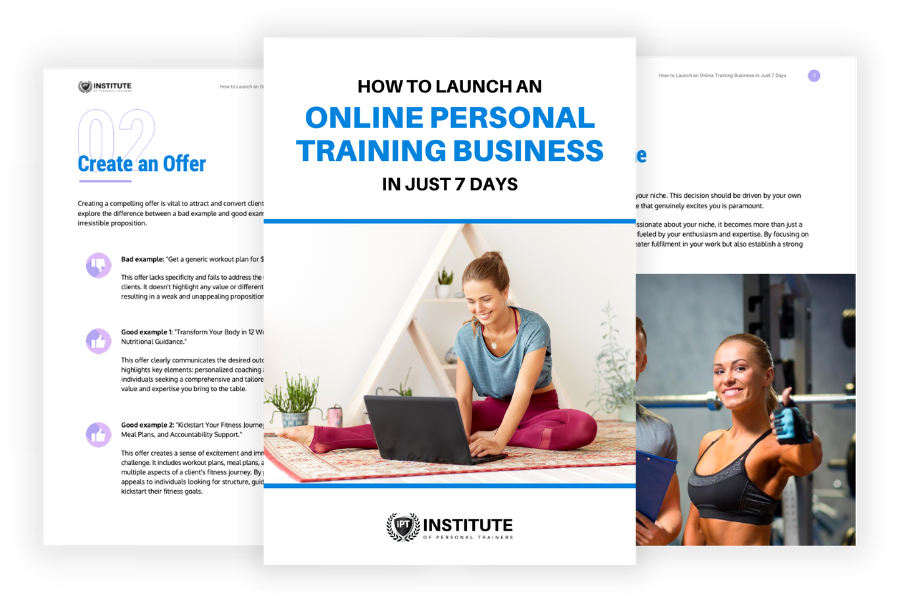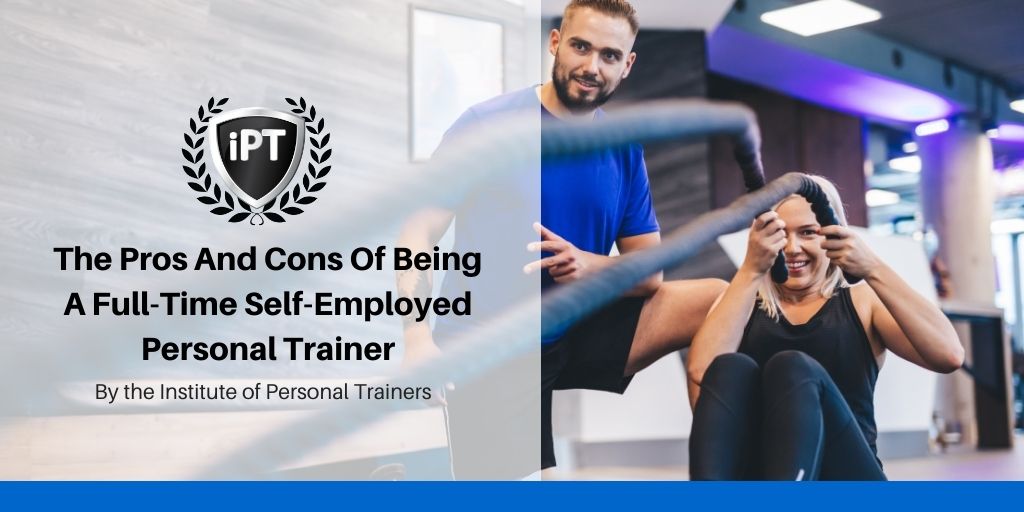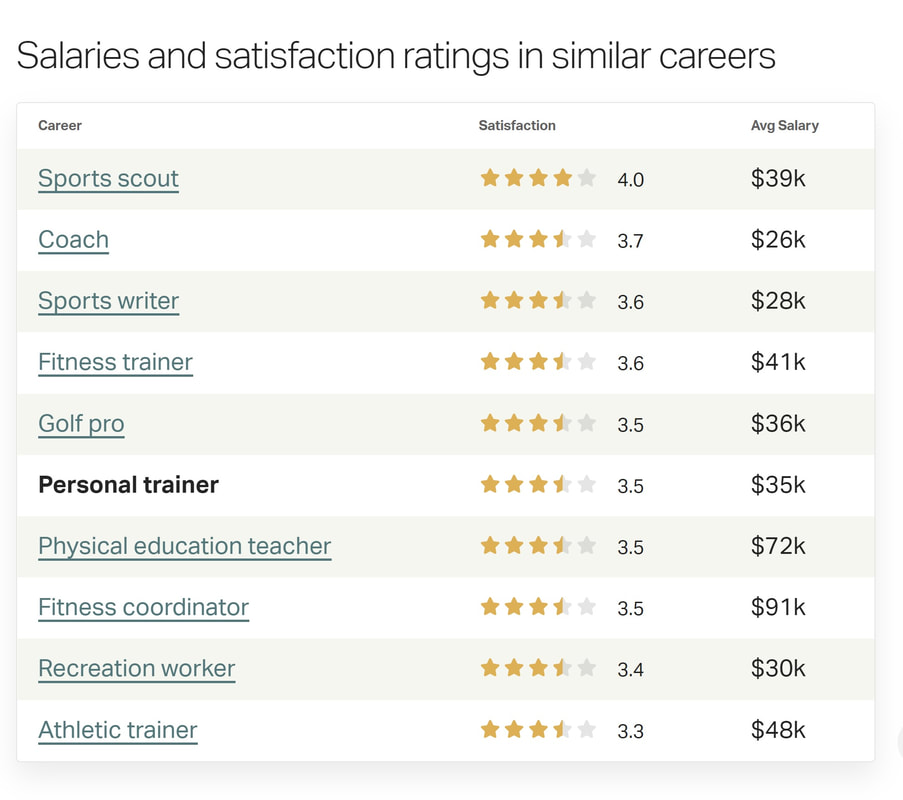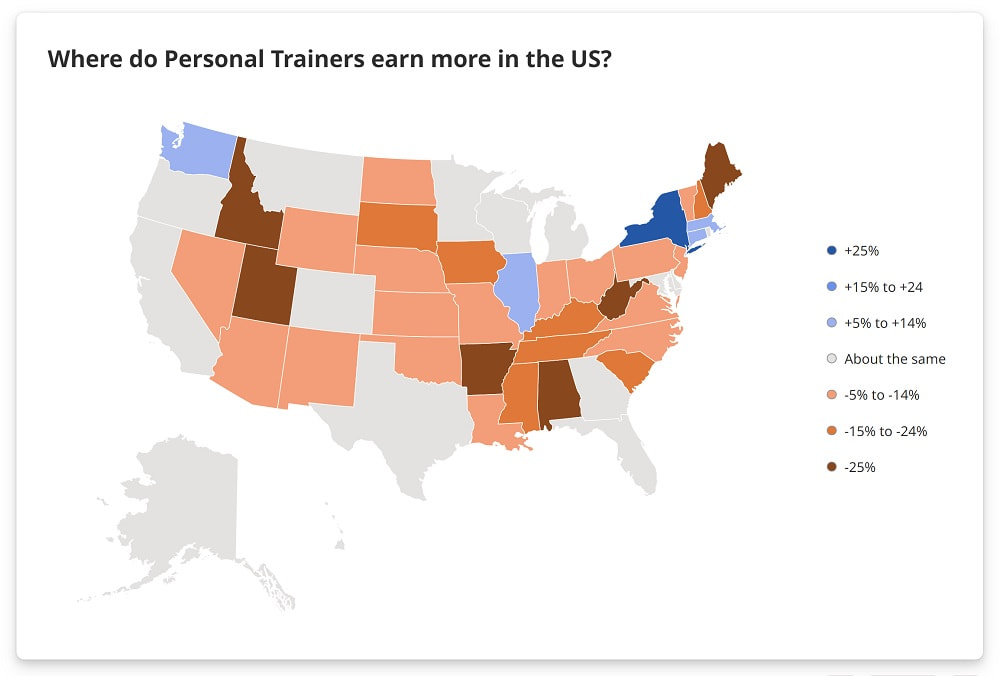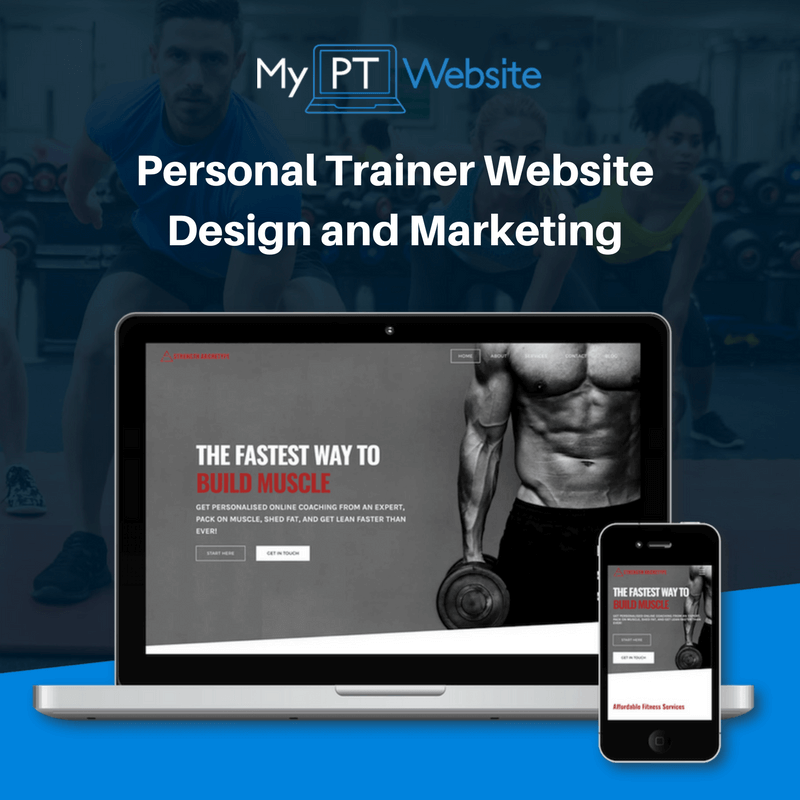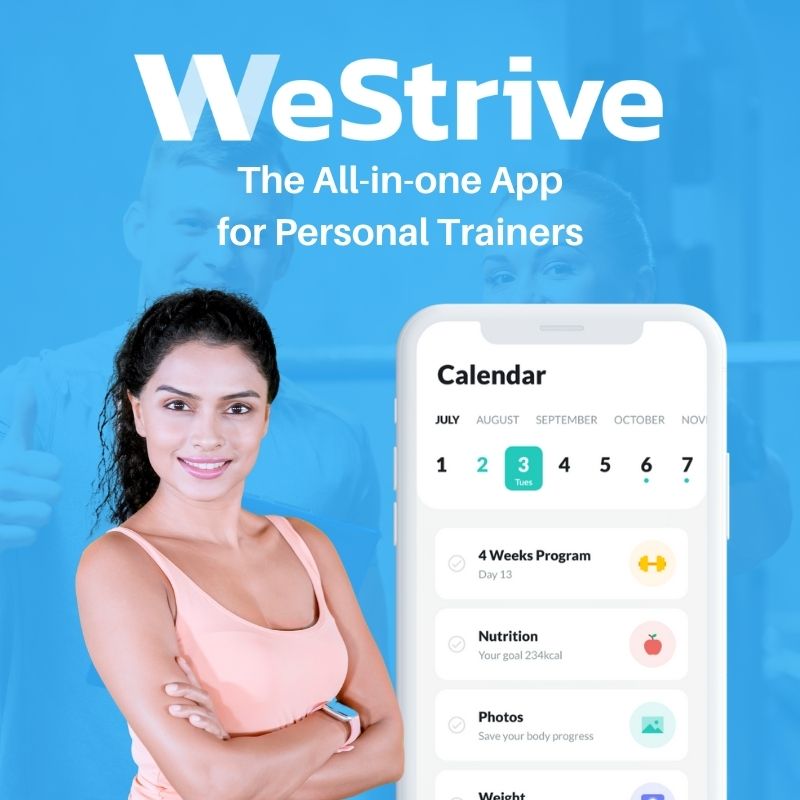|
FREE GUIDE: HOW TO LAUNCH AN ONLINE PERSONAL TRAINING BUSINESS
IN JUST 7 DAYS
✓ The new, better way of launching an online business
✓ The fastest way to create in irresistible offer ✓ A simple system to sell to clients who are interested |
|
Do you want to embark on a full-time personal trainer career? Or are you looking to become a part-time PT? This article will discuss the pros and cons of being a full-time personal trainer and help you decide which work style is right for you. On average, personal trainers who responded to CareerExplorer's survey rate their happiness levels at 3.5 out of 5, putting PTs in the top 31% of fulfilling careers. So you can feel confident that whatever your work style, building a successful personal training business is a gratifying job. What Does It Mean To Be A Full-Time Freelance Personal Trainer? As a full-time personal trainer, you'll be managing around 40 hours of session time with your clients each week. If you work for a gym, you may have hours where you are at the front desk or walk the gym floor. However, as a full-time self-employed PT, the rest of your hours will be spent:
You'll be balancing your client sessions alongside bringing in new business and running your company's daily operations. What Does It Mean To Be A Part-Time Freelance Personal Trainer? As a part-time PT, you'll be managing 30 hours or less of session time with your clients. You'll also be managing their programming and related admin and the sales, marketing, and business admin of a full-time PT. You'll potentially have fewer clients to juggle, and you may be balancing this alongside full-time or part-time work or some form of study. The Pros And Cons Of Being A Full-Time Self-Employed Personal Trainer Like with any job, some pros and cons are expected. We'll look at some of the main advantages and challenges of trying to make it as a full-time personal trainer. Pro #1: Bring In More Money If you work full time as a self-employed personal trainer, you can pick up as many clients and sessions as possible. You can earn significantly more money with far greater flexibility than working as a part-time trainer. To give you an indication of the difference, let's take a look at the finances. The average salary for a PT in the US is around $26 per hour. With 30 sessions a week, you can earn about $780 per week, while 40 sessions bring in $1040 a week. That's a difference of roughly $13,000 a year, factoring in a couple of weeks for holidays. That, if you have enough time to do 30hrs when working part-time but often that will be closer to 15-20hrs per week. Con #1: You Don't Always Own Your Schedule Your schedule as a full-time PT is often focused on early mornings, evenings, and weekends. Essentially, when your clients are free. Your calendar is based on client availability outside of their job. Unless you can specialize in a niche available during daytime hours, for example, people who work nights or specific shift patterns, stay-at-home moms, or freelancers, you are working the opposite of a 9-5. Your free time might take a hit as you fit in clients, programming, and business admin across unusual working hours. Pro #2: Grow Your Business Reputation Quicker As a full-time PT, you'll gain the hands-on experience you need to become good at your job far quicker than a part-time personal trainer. This means that your career can accelerate, and you will have the chance to focus on scaling. The faster you're able to improve and build your client base, the easier it will be for you to charge more for your expertise and see the financial gains of working full-time. Con #2 Your Income Will Fluctuate A full-time personal trainer is at the mercy of their clients. Whether clients pay you or not, when they go on holiday, seasonal variations in client uptake all impact your income. While a part-time PT may have the support of another job, a full-time PT is entirely dependent on the reliability of their clients. Selling packages also means that payments might only be received in a particular month or time. A full-time personal trainer may not be able to take on a side hustle to pay their bills if all the back-end work takes up their time. Pro #3 Invest In Your Development As a full-time trainer, you can take the time to invest in continuous professional development. To enhance your current offering, you might want to invest in CPD courses, including nutrition coaching, special populations, or people living with health conditions. As a part-time PT, you might be competing against other time constraints, like a full-time job. As a full-time personal trainer, you only need to make time in your current schedule. The more clients you bring in, the bigger the budget to spend on your professional development. Con #3 You Need To Prepare For Time Off As a personal trainer, your body and time are integral to your ability to work. If you become pregnant or suffer an injury, your income and finances will take a hit. The same applies if you want to take a long holiday. You need to carefully prepare a strategy for any long-term time off, both for your clients and your finances. Even with seasonal variations in income, you need to prepare financially for any times when you may not get the same level of work for an extended period. Pro #4 It's All About Your Business Once you've decided to work full-time as a personal trainer, your focus is on your business. You won't have competing priorities or constraints due to other work commitments. As a part-time PT, you might question every investment you make in a business that is not your full-time occupation. As a full-time PT, you can feel confident that every investment you make in your business is vital. You also won't have to fit in clients around other work like a part-time PT might have to. Con #4 It's Easy to Hit the Wall There are many contributing factors to becoming burnt out. A big one is being fully responsible for all the aspects of security in your life, and if you have others you need to take care of, that responsibility pressure multiplies. When you're a full-time self-employed personal trainer, it's on you to make sure you got money coming in to pay for your living circumstances, work environment, commute, and food while also helping people who trust you get the results they pay you for. Add long working hours from early morning till late night, sleep deprivation, and little to no social life, and you have the killing cocktail. Pro and Con #5 It's All on You Leading on from the previous point, being a full-time freelance personal trainer gives you unlimited freedom to do with your business as you wish. Some trainers will consider it the best attribute while others might feel like it's a curse, and guess what, sometimes it changes based on the day or the week. However, once you generate enough income to start outsourcing tasks that you don't enjoy, re-invest in professional development and start using systems to make your life easier, your business will really be yours to do as you wish. You can launch online services, hire other trainers, and create courses that provide you with a passive income. The sky is the limit. ConclusionShould you become a full-time self-employed personal trainer? How you run your personal training business will depend entirely on your individual circumstances. There are many pros and cons of embarking on a self-employed personal trainer career.
Work out the pros and cons depending on your current lifestyle to see if it is the right fit for your future. You can always start training clients as a side-gig to test the waters and see if you enjoy it before leaping into a full-time commitment. If you've got financial stability without having to work a job, you can capitalize on that by starting off as a full-time freelance trainer, make all the rookie mistakes in the first year while filling up your schedule and then re-invest in yourself and in the business by employing systems and people if needed to allow you to be able to step back when you want to. |
Our All In One Platform
Check out out all in one business & marketing platform for personal trainers!
WEBSITE BUILDER | FUNNELS |MEMBERSHIPS | SCHEDULING| EMAIL MARKETING| PAYMENTS| CRM | AI ASSISTANT | SURVEYS
Popular Articles
Trusted Partners
We work closely with some of the best service providers in the fitness industry.
Categories
All
|

